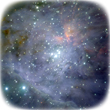

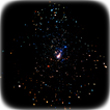


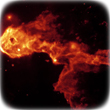
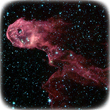
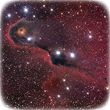
























Kleinmann-Low Young Protostellar Object Project (KaLYPSO)
Harvard-Smithsonian Center for Astrophysics
National Radio Astronomy Observatory (NRAO)
NRAO Very Large Array, San Agustin, New Mexico
Hubble Site, www.hubblesite.org
NRAO: What is radio astronomy?
MIT Haystack Observatory: Radio Astronomy Tutorial
Australia Telescope Outreach and Education: What is Radio Astronomy?
A General Introduction to Very Long Baseline Interferometry
Radio Interferometer Simulator
NASA Deep Space Network: Control A Radio Telescope
A Tour of Orion with telescopes working at different wavelengths
Hayden Planetarium Orion Movie
NASA Astronomy Picture of the Day: Andromeda
Milky Way - Andromeda Galaxy Collision
Chandra X-Ray Observaatory: Andromeda Animations
COMPLETE’s Ten Step Program for Star and Planet Formation
Death of Stars II: High Mass Stars
Harvard-Smithsonian Center for Astrophysics: Fun Things
National Radio Astronomy Observatory: Learn and Explore
NASA’s Cool Cosmos (The Infra-red Universe)
Chandra X-ray Observatory Education
National Research Council of Canada: Astronomy Basics
NASA’s SkyView: An Internet Virtual Telescope